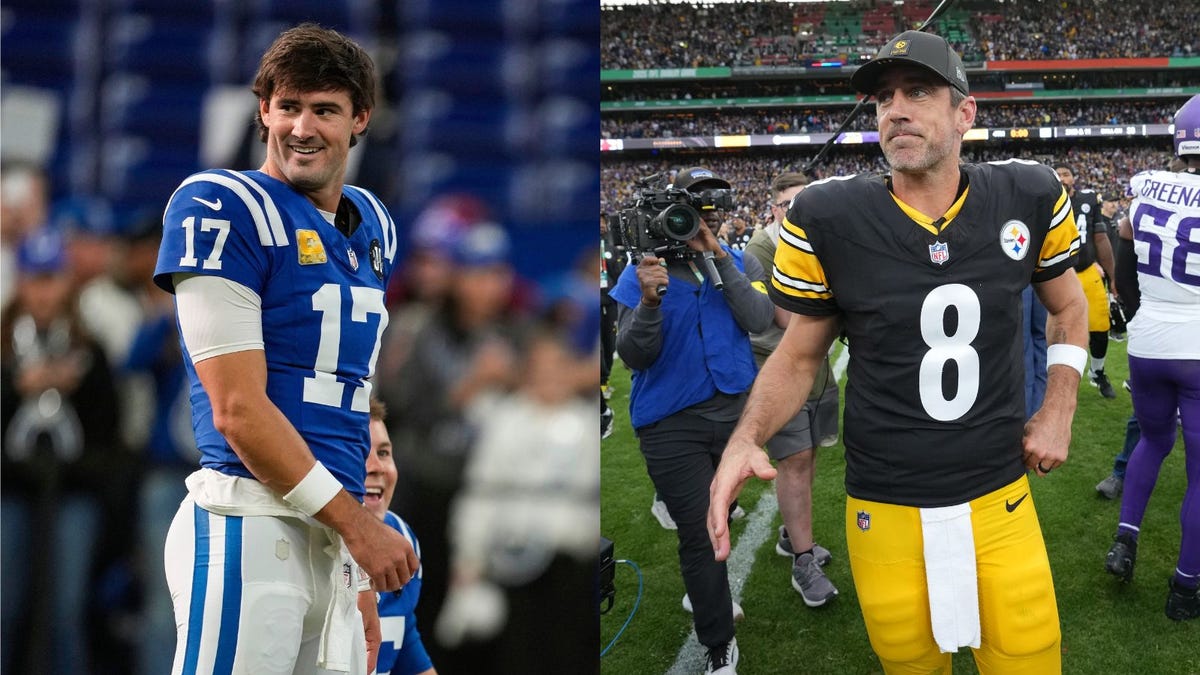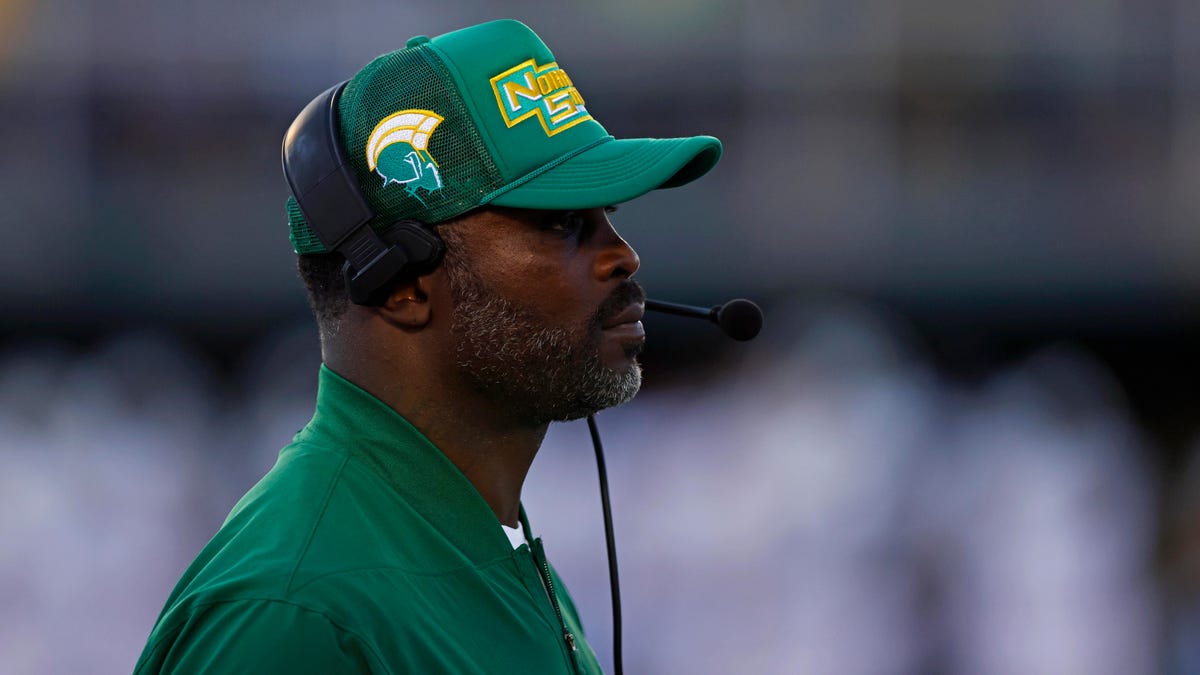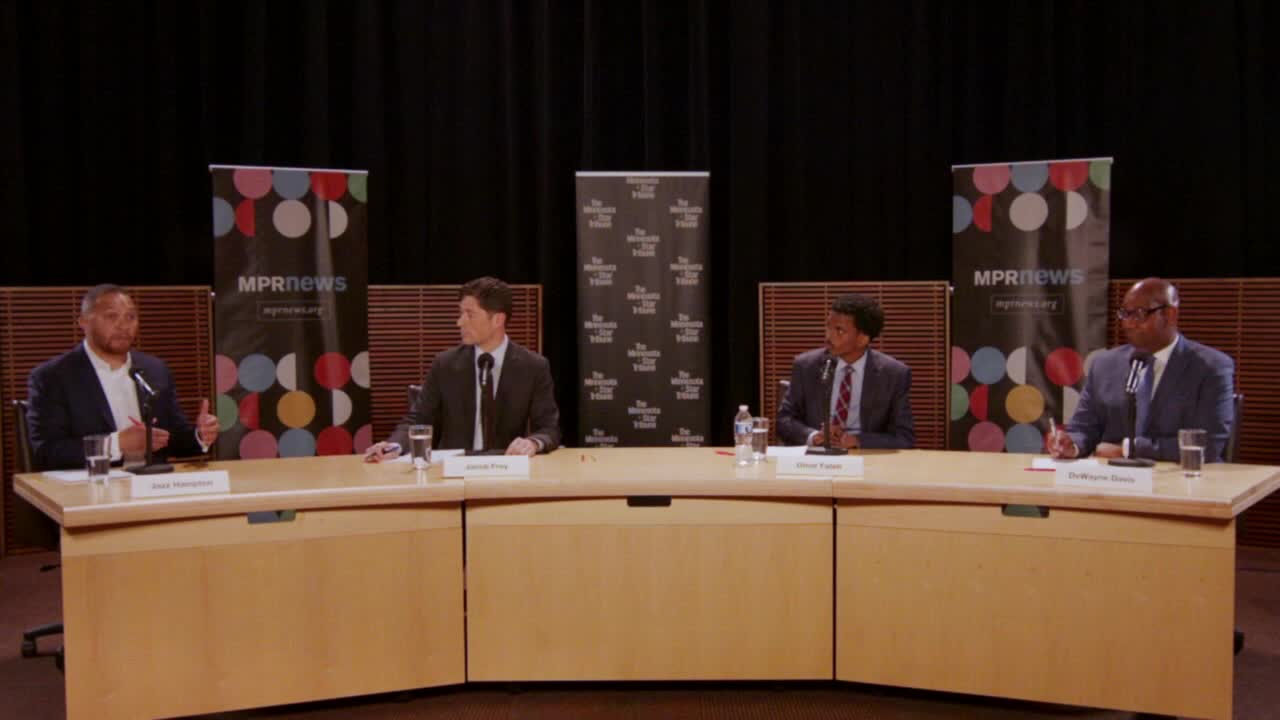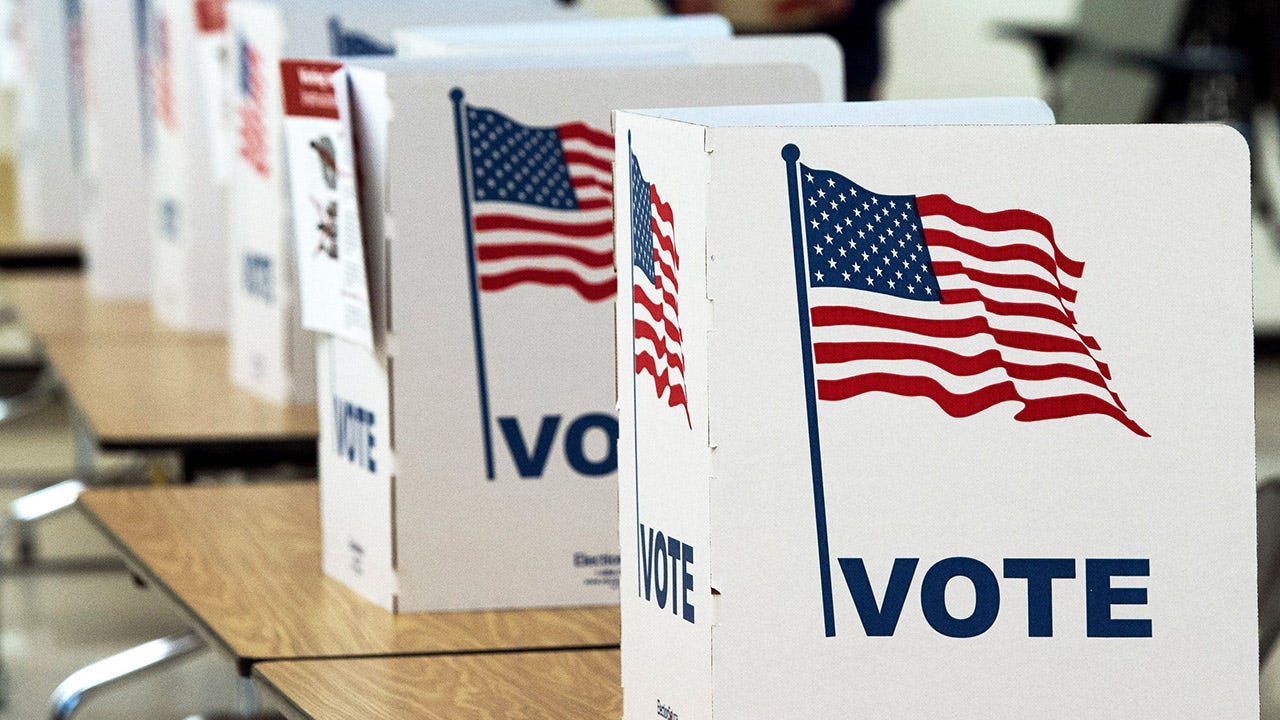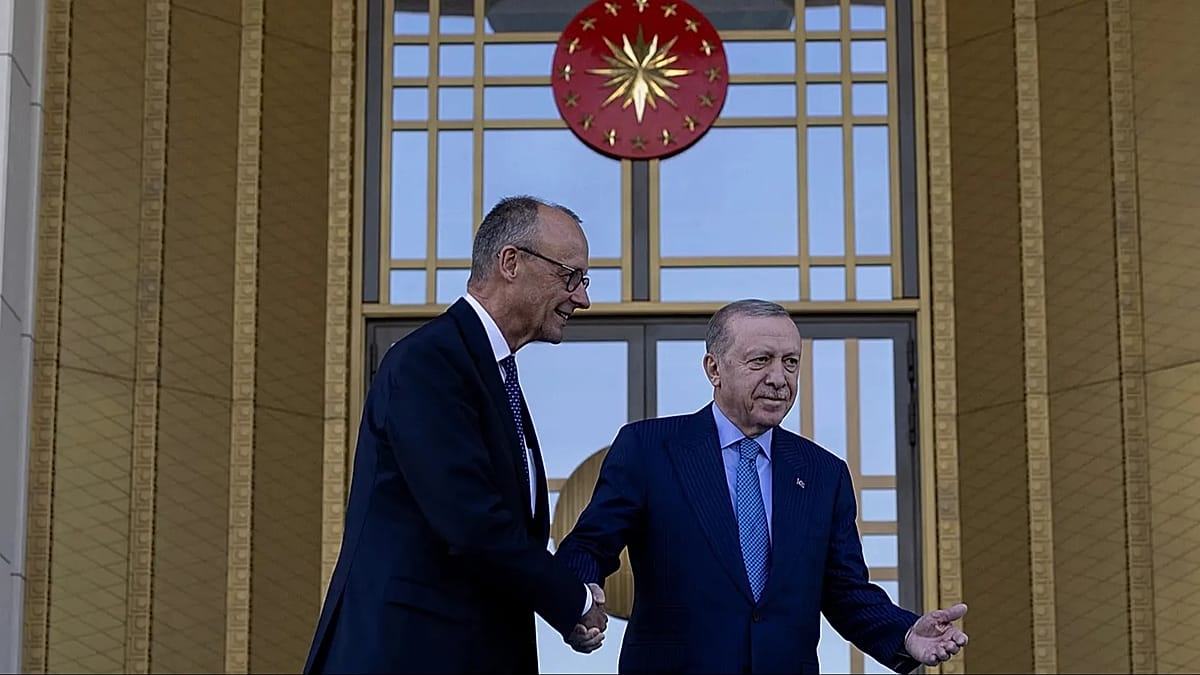Minneapolis, MN
Minneapolis City Council funds violence prevention organizations | Minnesota Spokesman-Recorder

After decades of mistrust between the Minneapolis Police Department and the community, the City Council is investing in alternative violence prevention initiatives. On March 27 the Council approved funding for five organizations: Restoration, Inc. and A Mother’s Love, which provide services on the North Side of Minneapolis; and T.O.U.C.H. Outreach, Sabathani Community Center, and MAD Dads serving the South Side.
The Council also approved a proposal by Councilmember Jamal Osman to move $640,000 from public safety funds to support violence prevention efforts in the Cedar Riverside and Elliot Park neighborhoods. However, these funding decisions follow weeks of debate, particularly concerning the loss of service in Zone 2, a Northside area that includes the historically high-need intersection of 36th and Penn.
Weeks earlier, Rev. Jerry McAfee’s nonprofit, 21 Days of Peace, had its funding request pulled after two of its members were involved in a shootout off-the-clock. The sudden removal of 21 Days of Peace left Zone 2 without a dedicated violence prevention group, raising concerns among residents and local leaders about potential gaps in service.
In response, the Council passed a resolution allowing community groups to bid on providing services in Zone 2, but no immediate replacement has been secured. “It really was just helping Osman figure out his funding stream because the money was there for Zone 2,” said Councilmember LaTrisha Vetaw.
“We had lots of conversations in the past 48 hours and meetings with the administration to figure out how to maintain funding for Zone 2 while also expanding support for Cedar Riverside and Elliot Park,” added Councilmember Robin Wonsley.
“I’ve got to figure out how to get funding for 36th and Penn,” Vetaw said.
“Obviously,” said Councilmember Jeremiah Ellison, “the intent was never for Zone 2 to be without coverage, and the administration has been adamant that we can’t talk about what’s going on with the current contract. We didn’t want that to be interpreted as Zone 2 not getting service.”
Concerns over funding cuts
While funding has been allocated for violence prevention, some leaders are raising concerns about how the city’s approach is affecting local organizations. Muhammad Abdul-Ahad, executive director of T.O.U.C.H. Outreach, has voiced frustration over staffing cuts and reduced wages under the Neighborhood Safety Department’s (NSD) agreement with Cure Violence Global, a national organization that uses a public health approach to violence prevention.
The Cure Violence model treats violence as a contagious disease, hiring “violence interrupters”— often individuals with relevant lived experience — to mediate conflicts before they escalate. While the approach has been adopted in cities nationwide, critics argue that local organizations are being underfunded and under-resourced as a result of this contract.
“The gold standard has always been $30 an hour, and now we are facing cuts,” Abdul-Ahad said, adding that the new contract terms are unsustainable for his staff. Due to funding constraints, his organization will be forced to reduce its staff from 32 to just seven members.
Leadership turnover
Tensions within the Neighborhood Safety Department have grown since the resignation of its former director, Luana Nelson-Brown, last February. Nelson-Brown stepped down citing misaligned priorities with city officials, fueling ongoing concerns about how violence prevention efforts are being managed.
Abdul-Ahad supports shifting oversight responsibilities from NSD to Hennepin County. “They have the personnel, they have the management structure there that could oversee the work and, you know, give us project managers,” Abdul-Ahad said.
“They have the infrastructure to be able to give it the oversight that it needs. Okay, right now, the city doesn’t have that. We don’t even have a project manager.”
NSD Deputy Director Lea Lakes did not respond to email requests for comment at this time.
Criticism over vendor selection
Critics of the program have also raised concerns about vendors like A Mother’s Love and We Push for Peace. Some accuse these groups of disrupting protests and engaging in violent behavior. Communities United Against Police Brutality (CUAPB) highlighted incidents where operatives were involved in physical altercations at protests and mishandled protest materials.
“The cost of training for these groups is excessive, and there is no clear evidence that these programs are working,” Michelle Gross, executive director of CUAPB, wrote in a letter to the council. “We urge the council to reconsider these contracts and demand transparency on the effectiveness of the violence interrupters.”
Despite these criticisms, supporters of the Cure Violence Global model argue that such programs are essential for reducing violence in communities where law enforcement is often seen as untrustworthy.
What comes next?
As part of the oversight for the initiative, a comprehensive evaluation of the program’s vendors and their effectiveness will be conducted, with the first month’s data set to be released on May 8. An online dashboard will provide six months of data to the public. The findings could influence future funding decisions and determine whether the current model remains viable.
With concerns about staffing shortages, contract transparency, and gaps in coverage — particularly in Zone 2 — community advocates and city officials will be watching closely to see if these investments yield measurable reductions in violence.
Clint Combs welcomes reader responses at ccombs@spokesman-recorder.com.
Your Might Also Like

Minneapolis, MN
A look at teacher salaries as negotiations in Minneapolis continue

The Minneapolis Federation of Teachers is negotiating for higher wages with Minneapolis Public Schools.
Minneapolis teachers union approves strike as mediation with MPS continues
Earlier this week, the union president told 5 EYEWITNESS NEWS teachers could make thousands of dollars more across the river.
A report from the Professional Educator Licensing and Standards Board shows the average teacher salary in Minneapolis is $82,859 per year, while it’s $93,366 per year for St. Paul Public Schools teachers.
St. Paul is among the highest 10 paying districts in the state, which also includes Wayzata Public Schools, Stillwater Area Public Schools and Sleepy Eye Public Schools, according to the report. It shows salaries across the state vary widely. Some are in the $40,000 range, while others are six figures.
“Teachers deserve a fair salary,” said Chelda Smith Kondo, a University of St. Thomas associate professor of education. “When you have areas, such as suburban areas, where you have a lot of home ownership, you have a larger tax base. That tax base is going to provide a lot more funds to the school district there, so that will allow the school district to pay more to their teachers.”
Kondo told 5 EYEWITNESS NEWS that teacher salaries can play a role in graduation rates and test scores.
“The way it does is in retention,” she said. “The more that an educator feels they are fairly compensated for the work that they do, and with teachers, the impact they have, the more likely they are to stay in the profession, which directly benefits students.”
5 EYEWITNESS NEWS analyzed data from the Minnesota Report Card. It showed SPPS had a 76.5% graduation rate last year. At least half of the other 10 highest-paid districts were above 90%. Lower-earning districts, however, also reported high graduation rates.
Kondo said there are many variables that affect graduation rates, from attendance to whether a child’s basic needs are met. Overall, rates are improving statewide across all demographics.
“Last year in 2024, we had record graduation rates at 84%,” said Kondo. “Of course, that 84% doesn’t represent everyone; some are higher, others are a little bit lower. Overall, it shows our high schoolers are graduating.”
Minneapolis, MN
One architect’s vision for a transformative new NBA arena in downtown Minneapolis

Dario Anselmo, the coalition’s president who until recently owned the neighboring Fine Line music venue, said he thinks Gensler’s model is “an incredibly innovative and cool design.”
That said, from the perspective of a venue owner, he thinks of the ripple effects such a project would have on the neighborhood, including effects on parking and traffic. The Renaissance Coalition has discussed other ideas for part of those blocks that could also activate the area in new ways, he added.
“Everybody is watching this,” said Hansen, the CPED director. “We are at an inflection point, and I think you’re going to see a lot of great ideas about how we’re reusing buildings and real estate downtown over the next 10 to 15 years.”
Minneapolis, MN
What is the Minneapolis Board of Estimate and Taxation and who’s running in the election?
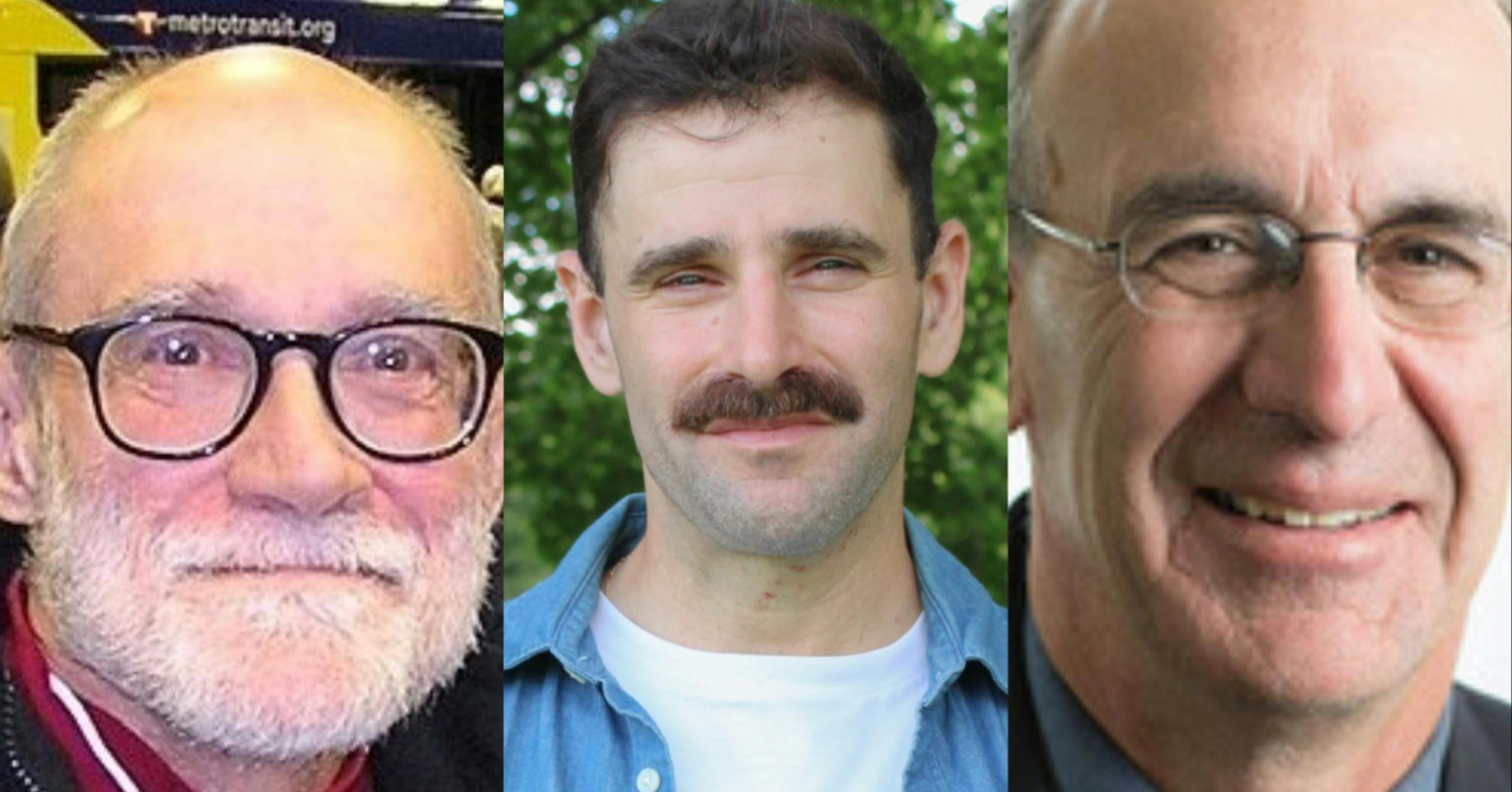
“There’s an old principle, and you can find it throughout the Judeo Christian ethic, which is to those to whom much is given, much is expected,” Brandt said. “The evidence would show that generally, the lower you are on the income scale, the more regressive the property tax system uses a percentage of your household income, and so those are the people I’m trying to give relief to.”
Fine was the Park Board’s appointment to the BET throughout his time as a park commissioner about 20 years ago, and he has concerns about the idea of a city income tax. He doesn’t think the state would authorize it, and fears it would discourage wealthy people from moving to the city.
“If the demand isn’t up there for buying expensive homes and expensive property, and doing business in the city, the city will ultimately lose some of that revenue,” Fine said.
He says there are better ways to find more money. Asking the Legislature to increase Minneapolis’ share of local government aid, for one. And exploring having Hennepin County take over the work that the city currently does to value properties, which Ramsey County does for St. Paul.
Fine is running to reinforce what he views as the BET’s auditor role of taking a magnifying class to each city department, looking for cuts and challenging the city to justify the tax levy that residents are asked to muster. The city and Park Board tightened their belts during the Great Recession, and he wants them to do it again to pay for the rising cost of union labor.
“What should be happening is the Board of Estimates should be getting back to the city and saying: We think you need to look at this, this, this, and this, and maybe you can make changes in what you’re doing to have less demand on your tax revenue, and then you can make up for your losses because of downtown,” Fine said.
-

 New York1 week ago
New York1 week agoVideo: How Mamdani Has Evolved in the Mayoral Race
-

 News1 week ago
News1 week agoVideo: Federal Agents Detain Man During New York City Raid
-

 News1 week ago
News1 week agoBooks about race and gender to be returned to school libraries on some military bases
-

 News1 week ago
News1 week agoVideo: Driver Crashes Car Into Security Gate Near White House
-

 News1 week ago
News1 week agoVideo: Inside Our Reporter’s Collection of Guantánamo Portraits
-
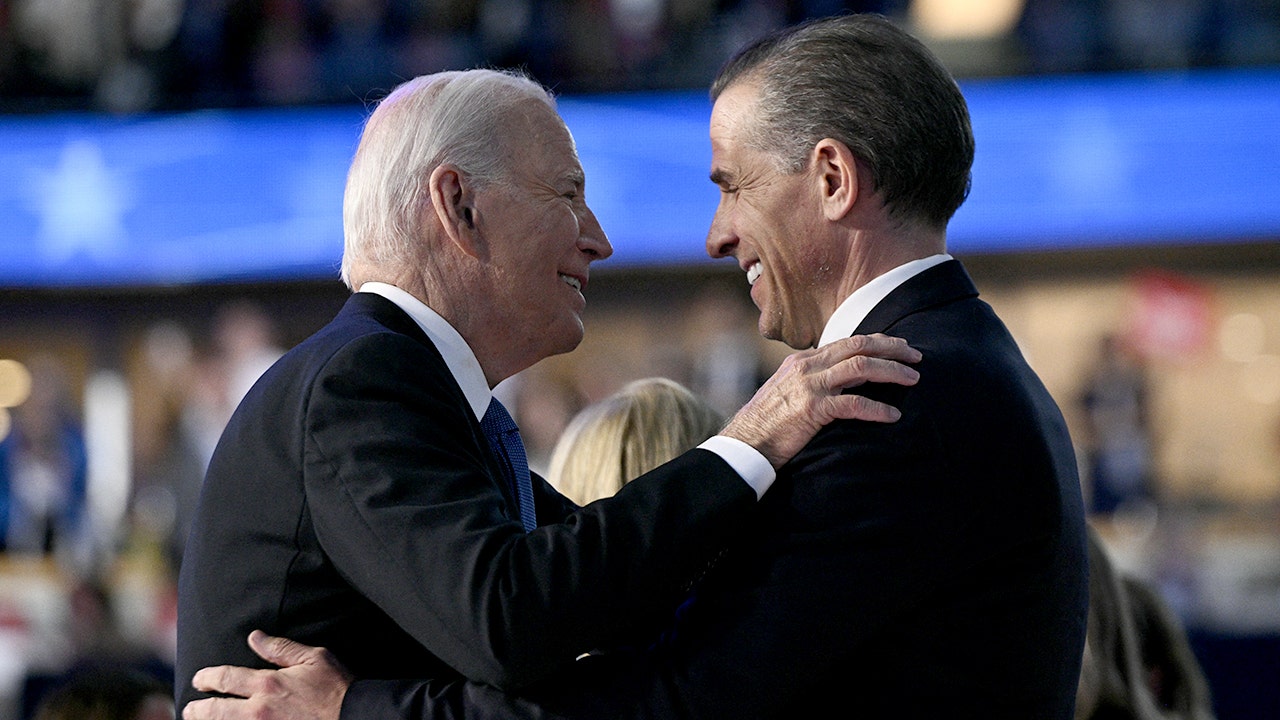
 Politics1 week ago
Politics1 week agoHunter Biden breaks silence on pardon from dad Joe: ‘I realize how privileged I am’
-

 World1 week ago
World1 week agoTrump to host NATO chief at White House as Putin meeting collapses
-

 Politics1 week ago
Politics1 week agoJack Smith defends subpoenaing Republican senators’ phone records: ‘Entirely proper’
